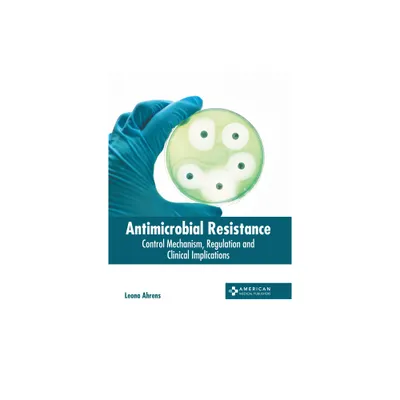Home
Morris Hepatomas: Mechanisms of Regulation
Loading Inventory...
Barnes and Noble
Morris Hepatomas: Mechanisms of Regulation
Current price: $54.99


Barnes and Noble
Morris Hepatomas: Mechanisms of Regulation
Current price: $54.99
Loading Inventory...
Size: OS
*Product Information may vary - to confirm product availability, pricing, and additional information please contact Barnes and Noble
In 1960, Dr. Van R. Potter and Dr. Henry Pitot (at McCardle Laboratory in Madison, Wisconsin), Dr. Tetsuo Ono (then at McCardle Laboratory and now at the Japanese Foundation for Cancer Research in Tokyo, Japan) and Dr. Harold P. Morris (then at the National Cancer Institute and now at Howard University, Washington, D. C. ) decided that an experimental cancer model would be an invaluable tool to examine neoplastic changes in cells. Since they were study ing the various highly specific metabolic processes which are unique to liver tissues, they determined that a transplantable liver cancer model would be the ideal system to work with. This system would provide for comparison of normal liver tissue of the non-tumor bear ing animal, the tumor bearing animal's (host) liver and the liver cancer. Dr. Morris undertook a series of rat studies employing several chemicals known to cause liver cancer. Soon the first Morris hepatomas (#3683, 3924A, 5123) were being studied by several labs. During the next 18 years, Dr. Morris developed and transplanted numerous strains of hepatomas of which no two were identical. These tumors ranged from the very slowly-growing, highly differentiated cancer tissues, e. g. , 96l8A which is a diploid tumor containing gly cogen and a "nearly normal" complement of enzymes, to a large group of rapidly-growing, poorly differentiated cancer tissues, e. g.


















